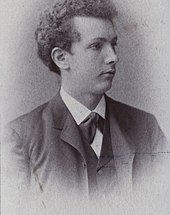
The Violin Concerto in D major, Op. 61, was written by Ludwig van Beethoven in 1806. Its first performance by Franz Clement was unsuccessful and for some decades the work languished in obscurity, until revived in 1844 by the then 12-year-old violinist Joseph Joachim with the orchestra of the London Philharmonic Society conducted by Felix Mendelssohn. Joachim would later claim it to be the "greatest" German violin concerto. Since then it has become one of the best-known and regularly performed violin concertos.
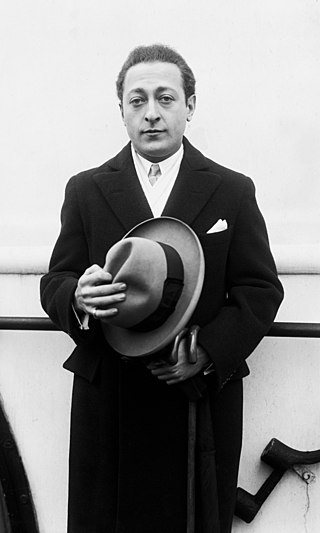
Jascha Heifetz was a Russian-American violinist. He is widely regarded as one of the greatest violinists of all time. Born in Vilnius, he moved to the United States as a teenager, where his Carnegie Hall debut was rapturously received. He was a virtuoso from childhood. Fritz Kreisler, another leading violinist of the twentieth century, said after hearing Heifetz's debut, "We might as well take our fiddles and break them across our knees." He had a long and successful performing career; however, after an injury to his right (bowing) arm, he switched his focus to teaching.
The Gramophone Classical Music Awards, launched in 1977, are one of the most significant honours bestowed on recordings in the classical record industry. They are often viewed as equivalent to or surpassing the American Grammy award, and referred to as the Oscars for classical music. They are widely regarded as the most influential and prestigious classical music awards in the world. According to Matthew Owen, national sales manager for Harmonia Mundi USA, "ultimately it is the classical award, especially worldwide."

The Symphony No. 2 in E minor, Op. 27 by Russian composer Sergei Rachmaninoff was written from October 1906 to April 1907. The premiere was performed at the Mariinsky Theatre in Saint Petersburg on 26 January 1908, with the composer conducting. Its duration is approximately 60 minutes when performed uncut; cut performances can be as short as 35 minutes. The score is dedicated to Sergei Taneyev, a Russian composer, teacher, theorist, author, and pupil of Pyotr Ilyich Tchaikovsky. The piece remains one of the composer's most popular and best known compositions.

William Steinberg was a German-American conductor.
Piano Concerto No. 3 in C major, Op. 26, is a piano concerto by Sergei Prokofiev. It was completed in 1921 using sketches first started in 1913.
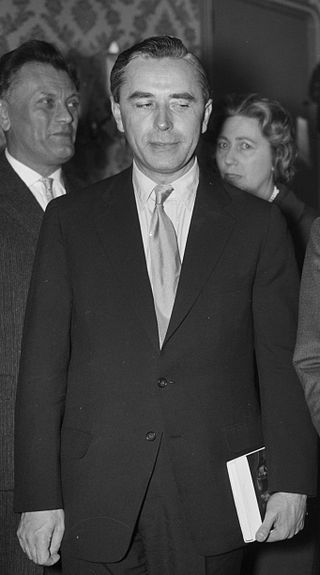
Rudolf Firkušný was a Moravian-born, Moravian-American classical pianist.
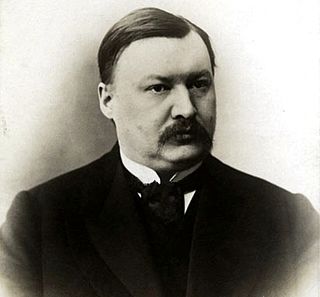
The Violin Concerto in A minor, Op. 82, by Alexander Glazunov is one of his most popular compositions. Written in 1904, the concerto was dedicated to violinist Leopold Auer, who gave the first performance at a Russian Musical Society concert in St. Petersburg on 15 February 1905. The British premiere of the concerto followed just over a year later, under the direction of Sir Henry Wood and with Mischa Elman as soloist.
Ludwig van Beethoven's Violin Sonata No. 1 in D major is a violin sonata from his Op. 12 set, along with his Violin Sonata No. 2 and Violin Sonata No. 3. It was written in 1798 and dedicated to Antonio Salieri. Being an early work written around the period when Beethoven studied with Haydn, the sonata is for the most part written in a classical style much like that of Mozart or Haydn.
Sergei Prokofiev's Piano Sonata No. 7 in B♭ major, Op. 83 (1942) is a sonata composed for solo piano, the second of the three "War Sonatas". The sonata was first performed on 18 January 1943 in Moscow by Sviatoslav Richter. Performances of this sonata can last anywhere from 17 to about 20 minutes.

Dmitri Shostakovich composed his Sonata for Violin and Piano in G major, Op. 134 in the autumn of 1968 in Moscow, completing it on October 23. It is set in three movements and lasts approximately 31 minutes. It is dedicated to the violinist David Oistrakh, who premiered the work on May 3, 1969 in the Large Hall of the Moscow Conservatory.
Leonard Hokanson was an American pianist who achieved prominence in Europe as a soloist and chamber musician.
The Grand Piano Sonata in G major, Op. 37, was written by Russian composer Pyotr Ilyich Tchaikovsky in 1878. Though initially received with critical acclaim, the sonata has struggled to maintain a solid position in the modern repertoire. Nevertheless, the sonata has been recorded numerous times and is recognized as one of the composer's masterworks. It is dedicated to Karl Klindworth.
The Violin Sonata No. 1 in G major, Op. 78, "Regensonate", for violin and piano was composed by Johannes Brahms during the summers of 1878 and 1879 in Pörtschach am Wörthersee. It was first performed on 8 November 1879 in Bonn, by the husband and wife Robert Heckmann (violin) and Marie Heckmann-Hertig (piano).
The Sonata in A major for Violin and Piano by César Franck is one of his best-known compositions, and is considered one of the finest sonatas for violin and piano ever written. It is an amalgam of his rich native harmonic language with the Classical traditions he valued highly, held together in a cyclic framework.

The Violin Sonata No. 2 in A major, Op. 100, by Johannes Brahms was written while spending the summer of 1886 in Thun in the Bernese Oberland, Switzerland.

Isidor Yulyevich Achron was a pianist, composer and music teacher.
The Concerto Grosso No. 1 was the first of six concerti grossi by Soviet composer Alfred Schnittke. It was written in 1976–1977 at the request of Gidon Kremer and Tatiana Grindenko who were also the violin soloists at its premiere on 21 March 1977 in Leningrad together with Yuri Smirnov on keyboard instruments and the Leningrad Chamber Orchestra under Eri Klas. It is one of the best-known of Schnittke's polystylistic compositions and marked his break-through in the West.
From March 1816 to August 1817, Franz Schubert composed four violin sonatas. All four were published after the composer's death: the first three, D 384, 385 and 408, as Sonatinas in 1836, and the last one, D 574, as Duo in 1851. Schubert composed two more pieces for violin and piano, in October 1826 and December 1827 respectively: a Rondo, D 895, which was published during the composer's lifetime (Op. 70), and a Fantasy, D 934, which was premiered in January 1828, less than a year before the composer's death.
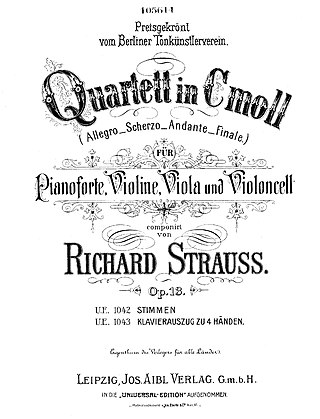
The Piano Quartet in C minor, Op. 13, TrV 137, was written by Richard Strauss from 1884 to 1885. An early chamber music work of the then 20-year-old composer, it shows considerable influence from Johannes Brahms. It is scored for a standard piano quartet consisting of a piano, violin, viola, and cello. At the premiere on 8 December 1885 in Weimar, Strauss himself performed the piano part.
